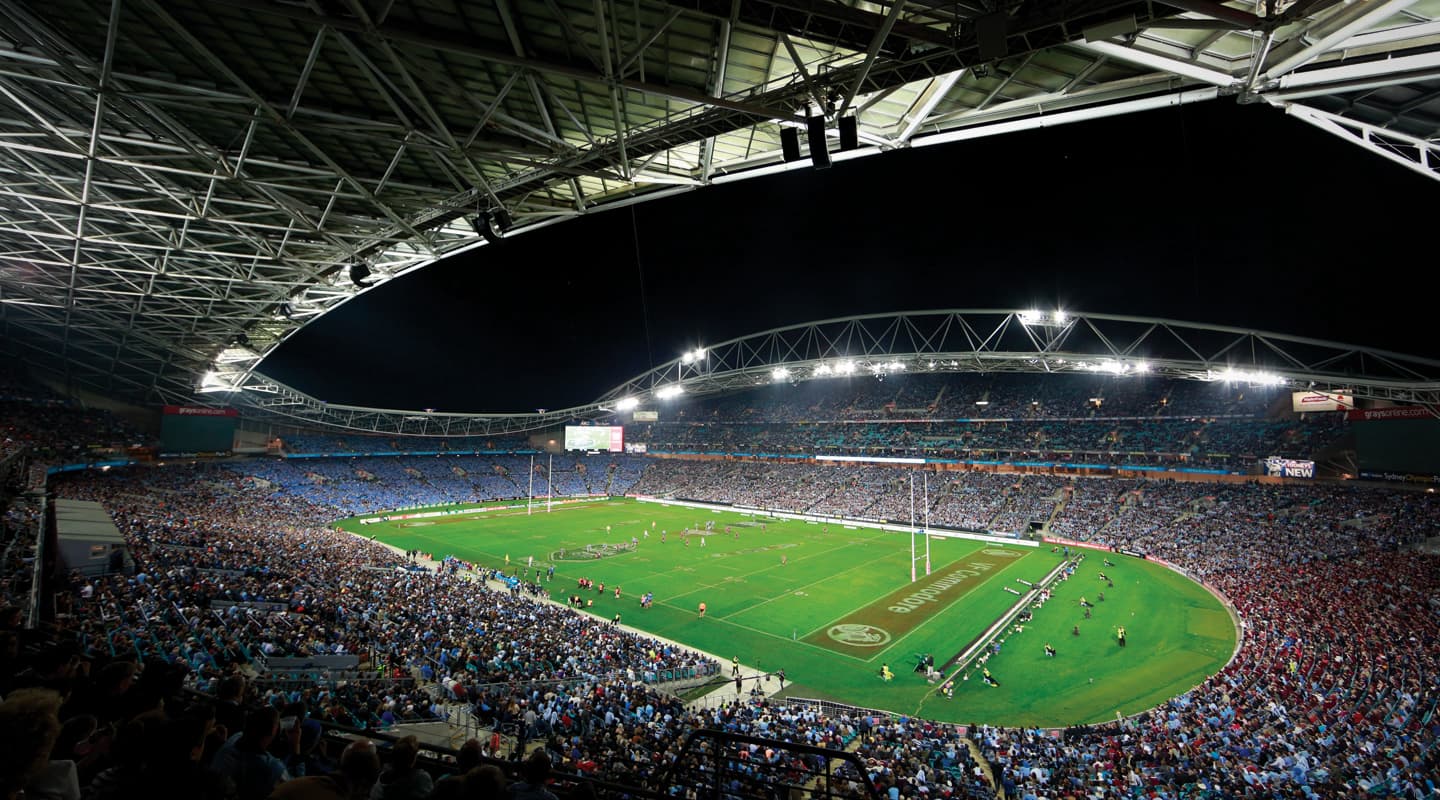
Take Me Out To The Ball Game
A $3m d&b PA upgrade: raising the bar or playing catchup?
Text:/ Christopher Holder
Images:/ Scott Willsallen
ANZ Stadium — built for the Sydney 2000 Olympics — has recently spent around $3m upgrading its ageing PA. Justifiably, this is big news here and internationally. It’s the biggest contract d&b Audiotechnik has seen in its history; and with 208 of the installation version of its V series up in the air, it signals d&b’s crashing of the international stadium sound party.
But for the stadium’s General Manager of Assets, Simon Davies, the you-beaut d&b rig is another line item. When I asked him if it was the biggest infrastructure spend of the year he had to pause and think for a minute. The new practice cricket wickets outside cost $1.5m and the wi-fi upgrades will put a $750k dent in the coffers… so yeah, the $2m PA will be the biggest infrastructure news this year.
“We’re competing with television for the guy who sits at home on his couch, enjoying a cold beer and all the stats and commentary that comes with the broadcast. Here, in the stadium, he gets the atmosphere of sharing the game with 80,000 other people, the big bright screen, and the sound of a high quality PA.”
So, the PA is simply another component of giving the punter another reason to get out of the bean bag: “The new sound system is a massive step up for us, but sure, it’s another component in attracting people to the venue.”
STADIUM ROCK
When a stadium is looking to install a new PA, they generally engage a big consulting firm like an Arup or a Marshall Day to oversee the process. The consultant will then generally put the job out to a design and construct tender. Whereupon an integrator with the requisite knowledge and experience will select a PA that meets the performance criteria and install it.
ANZ Stadium represents a big departure from the accepted procedural norm. Simon Davies had worked with Scott Willsallen (AKA SWA, principal of consultancy Auditoria) on a number of occasions and rather dealing with the old-firm, big-venue specialists, he called him in instead.
Simon Davies: “We’d done a lot of work with SWA over the years. We first connected a number of years ago after a poor experience with a Rolling Stones concert. The touring PA wasn’t sufficient to fill the stadium and many people in the upper rows weren’t getting any direct sound. So we had a lot of people leaving, saying the concert experience in the stadium was rubbish – which affects our reputation and our ability to attract similar acts. The next big concert we had through was U2. We engaged SWA to model the venue, U2’s stage and speaker positions, and identity where the holes in the coverage would be. We then provided additional speakers to ensure those holes were plugged — at our own expense. We had a fantastic response to the concert. SWA and I walked around the stadium about five times that night and the coverage was amazing. So his approach is to look at every seat in the house and make sure we have a sound system designed to address every one of those seats, rather than bringing in a PA and making the best of it.”

“”
we’ve managed to deliver a PA that has twice the box count yet we’ve not run any more copper
MULTI-OLYMPIAN
Many readers will know Scott Willsallen for his work as audio director on a bunch of opening/closing ceremonies — Olympics (summer and winter), Asian Games, Commonwealth Games, Rugby World Cups, etc. It’s an end of the market where no expense is spared to provide stadium audiences with an unparalleled live experience. These ceremonies demonstrate, at one end of the spectrum, just what’s possible in a big reverberant stadium. At the other end of the spectrum, many stadium house PAs are installed only to take care of announcements, while any other audio is bordering on the unlistenable. Increasingly, stadiums are beginning to realise their game-day PAs just aren’t up to scratch. What’s more, with these big marquee events, they’re aware of what could be.
SWA: It’s pretty clear that expectations are on the increase. Not just from the event producers but the audience. The battle between TV keeping people in their homes and venues trying to get them out, is fierce. The venues need to keep offering something more. For example, the screens are no longer scoreboards – scoreboards are there to inform, screens are there to entertain. Audio needs to follow suit – it’s about engagement and entertainment. If we can’t deliver high performance sound then the reality is that we’re actually falling behind.
Many people think we’ve gone further than anyone else here at ANZ Stadium, but I’d counter that by saying: all we’ve done is catch up. It’s now incumbent on other venues to follow suit. The expectation of what a big venue should sound like has changed.
CHOICE & PRAGMATISM
AV: How did the procurement process play out?
SWA: The goal was to present the stadium with options, based on their current and future presentation needs. A few years back they invested heavily in some of the biggest and best screens going around, so it was about bringing the sound system up to meet that expectation in a financially and environmentally responsible manner.
AV: How do you mean ‘environmentally’ responsible?
SWA: It would be very easy to spend a load of money dragging extra cable through the building so we could have more loudspeakers. Our goal was never to spend money on copper cabling, there’s already a bunch of it in there. I’m really pleased with the fact we’ve managed to deliver a PA that has twice the box count ,yet we’ve not run any more copper from the amp room to the catwalks. Not a single strand. We’ve used all the existing copper, and all the existing loudspeaker positions. Taking that approach, from a budgeting point of view we knew what our costs were. Conversely, if we decided we could save $100k by having five arrays rather than six along the (long) East and West stands, that’d be possible from a system design perspective, sure, but then we’d have to find new points for those five arrays – we would no longer be using the existing points – which would involve extra engineering and steel work. And those are things we wouldn’t be able to get a quote on. They’re unknowns… expenses based on a ‘do and charge’ basis.
AV: So the bedrock of any design was to use the existing number of points and amp channels.
SWA: Yes. We knew where our points were, what our weight limits were, and what our total copper count was. And we came up with some designs that used that. Those constraints meant we couldn’t come up with 20 alternatives, we came up with a few.
CUTTING OUT THE MIDDLE MAN
AV: It’s a big contract. No doubt there was considerable interest.
SWA: There was, but the process upset a few people.
AV: How so?
SWA: The point of contention was my insistence on divorcing the choice of loudspeaker system from the choice of installer. We all know that installers/integrators have their commercial preferences and alliances. And those preferences make very good sense. But it was important to me that our choice of installer was based on the best job that could be done and I didn’t want a PA that comes with that as a matter of course. I’d rather choose both independently.
AV: I can see how some noses would be out of joint – there’s no ‘reseller margin’, as it were. So what was your first move?
SWA: Step 1, build an EASE model; set out the ‘facts of life’ and issue that to all the distributors and manufacturers; not the integrators – they’re not earning any money from the loudspeakers so it’s unfair for them to put any effort into the design.
We got lots of responses, and we shortlisted six of them. Then after a lot more modelling we whittled that list down to three good designs based respectively on Nexo Geo S, JBL Vertec and d&b V series. I wanted the stadium to buy into the decision as much as me at that point. I gave them three options: “we can work with any of these three. You choose.” And after a shootout they chose. Their choice was based on their preference and the aesthetic difference – they didn’t want something that looked radically different to what they had.
AV: Doubtlessly you copped some static from the integrators/installers about cutting them out of the speaker sale?
SWA: Right. The stadium bought the PA directly from NAS. The PA People won the install contract but didn’t see a cent of the speaker transaction. The PA People had to work hard to understand what their labour requirements were for the installation. Much more so than usual, because there was no risk mitigation available from the margin on the sale of the speakers.
AV: Which is what caused the waves.
SWA: Yes. Previously a venue would engage an integrator such as the PA People or Rutledge Engineering for their design and implementation skills. But I wasn’t after their electro-acoustic design skills, I was after their mechanical design skills for bracketry, etc.
So, yes, it was a bit confronting for those integrators. It was new to us all.
AV: And the distributors? I’m guessing they were more amenable to the change?
SWA: The distributors thought it sounded sensible. I also got some valuable perspective on where they thought the reaction might land in different parts of the market. After all, more and more, we’re seeing electrical contractors getting into AV effectively as skilled labour — a labour resource, and that’s ultimately what we were after. That and the mechanical design in the bracketry. But that’s a big change from the traditional ‘design and construct’ approach.
AV: You weren’t run out of town on a rail?
SWA: There’s been no death threats yet.
MORE ON THE INSTALL
The system was installed by Sydney based contractors The PA People which has a long-standing relationship with the venue. The company designed and installed the original sound system in 1999 for the 2000 Olympics, undertook the system’s conversion in 2003 when the venue was renovated, and has maintained the system with a comprehensive service regime and provided PA system operators (as preferred Event Communications supplier to ANZ Stadium) for every major event since.
The company was contracted to install the new d&b V system speakers along with the substantial mechanical design and metal fabrication required, and continues to provide the venue with an ongoing service and operational commitment.
The system is based around the Stadium geometry with loudspeaker clusters suspended up to 45 metres high in the four quadrants, each served by its own amplifier room. Each of the quadrants was installed in a single week through May to enable the entire PA to be fully operational for weekend club matches. The four-way stereo design comprises 266 full-range line-array loudspeaker elements, 44 full-range loudspeakers and 64 sub-bass cabinets.
NO POINT & SHOOT?
AV: Given the interesting geometry of stadiums, conventional point and shoot loudspeakers normally reign supreme. But you’ve gone with something you’d normally see on a touring rider.
SWA: We had a few ‘point and shoot’ alternatives to look at. In fact, the EAW QX design was in the six-strong shortlist. That design looked good. But the disadvantage of the more ‘American’ loudspeaker design approach is that it’s very circuit heavy. And one thing we weren’t overly endowed with was circuits, and I didn’t want to blow all our money dragging cable up to the catwalks. If we did that we’d need more amplifiers and more power in the amp rooms, which would cascade into a bunch of stuff the audience would never hear.
The ‘European’ approach from the likes of Nexo and d&b is not circuit heavy. The Geo S12 is a passive-12 box. With the box count and number of circuits, it’s a lot easier to string multiples of those. The d&b V8 is a three-way passive product, driven in pairs. In terms of circuit count it worked really well within our existing infrastructure. Yes, we had to cover 130° in the vertical plane — which is hard to achieve in a line array and much easier to achieve with conventional boxes — but if you have to run three circuits to each box, well, you very quickly run out of circuits.

COVERAGE
AV: So what were the main challenges in attaining an even coverage?
SWA: Some seats are 30 metres away from the array and others are as much as 50m away. So what you’re trying to achieve is only ever going to be a spatial average. The d&b D12 amps address the V Series array in two-box increments. Within that constraint we can do some adjustments from the mids up, but in the low/mids and lows that array works as a single point source. The configuration naturally has lobes dictated by the spacing and timing difference between the boxes. If you try to take one frequency lobe away, it’ll just reappear somewhere else. The line length isn’t long enough to control the lows. The length of the line is as much about the circuits we have available and our budget as it is about good electroacoustic practice. So it really is a juggling act: a balance of many things.
AV: Okay, so ideally, you’d have more boxes in each array to address that 130° vertical chunk of air?
SWA: That’s right. Ideally, you’d use inter-cabinet spacing to optimise your amplitude coverage (getting the same level to every seat). But with so few elements (because of the scarcity of circuits) we had to use some amplitude shading – which effectively means adjusting the amplifier levels to those two-box pairs to achieve something like the same level to every seat.
Saying all that, what I like about these top tier products we’re dealing with is the variations in the coverage area might be about the same as the cheaper products, but for the listener the variations are just different shades of good. It’s not: ‘that’s acceptable’ or ‘whoa, that’s appalling’. And the design allows for some overlap of sources. So if there’s anything missing – if any significant information is missing in one position – it’s not just the reverberant field that’ll help colour it in, it’s the adjacent arrays to some degree.
AV: What have you’ve done with the subs?
SWA: There are two V-Subs either side of an array – spaced 2.5m apart. The original thought was to do four subs in a line. There is good reason to do that: with four we could have ‘tapered’ the array a little more. So rather than optimising the control to one particular frequency, we could have tapered the array in the frequency domain, to have that directivity work over a greater range. But mechanically (the steelwork required to hang it) the four speaker sub array would have been far more expensive.
AV: What about final tuning?
SWA: We have a four-band parametric equaliser (EQ) in each d&b D12 amp that we effectively operate on an array basis. We don’t tune elements individually. We don’t have any desire to put eight bands of Lake EQ over every element.
For commissioning we had three clear days available – empty stadium, no distractions, no sharing lifts with catering… all to ourselves. In that time we measured each array 14 times from the lower bowl, 14 from the middle bowl and 14 from the upper bowl – 42 measurements in all for each. We then averaged out the measurements in WaveCapture and EQ’ed the array to meet a consistent target curve.
The curve wasn’t an absolute frequency response target that we devised beforehand. We did the measurements on Arrays 1 and 2 for each of the four quadrants (which collectively accounts for about a third of the audience area), and took an average of all those. Effectively we picked a curve that sounded good and was achievable using the four D12 parametric filters.
That’s not a lot of filters but was sufficient. And the work we were doing was more general shaping. We gave the system a gentle push from 2kHz up, for example, and some attenuation in the low-mids (thanks to the build up you get from a string of V Series 10-inch drivers in a row). We boosted the sub output as well by about 3dB on the main arrays.
CROWD RAW
Prior to the system being commissioned I was able to get along to ANZ Stadium for the first rugby State of Origin match. Timomatic was singing over a backing track and Vince Sorrenti was fanning the flames of interstate loathing with some ‘did he really say that?’ humour. The stadium was full, the crowd in full voice, and so was the PA. It’s truly an experience, and certainly not one that can be replicated in the rumpus room – regardless of how big the telly is.
Will the average punter immediately apprehend the sonic differences of the V Series PA over the 14-year-old Bose system it replaced? No. But the PA is a key piece of the event puzzle. The cold beer, the hot pie, the comfy seat, the ease of transport in and out, the big Panasonic LED screens, and the game-day pyrotechnics, all contribute to getting people out of the living room and into the venue.
Oh, and the NSW Blues won. And I think that’s what the marketing department of Mastercard might call… ‘priceless’.
CONTACTS
Auditoria: www.auditoria.com.au
National Audio Systems (d&b): 1800 441 440 or www.nationalaudio.com.au
The PA People: (02) 8755 8700 or www.papeople.com.au
TOTAL d&b BOX COUNT
208 x Vi8/12; 64 x Vi-Subs; 42 x Ti10L; 32 x Ti10P; 8 x Qi7; 4 x Qi10; 2 x E8; 96 x D12; 1 x D6

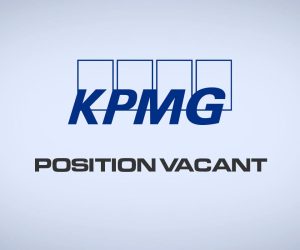

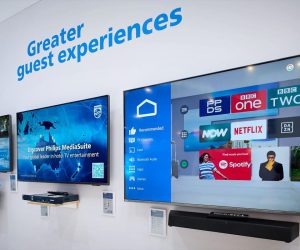




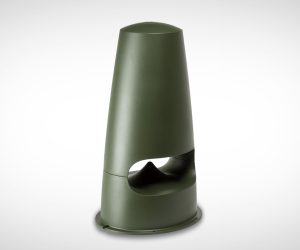
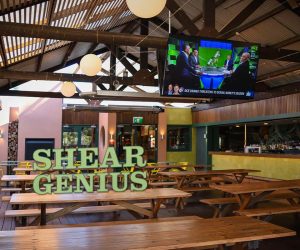





RESPONSES